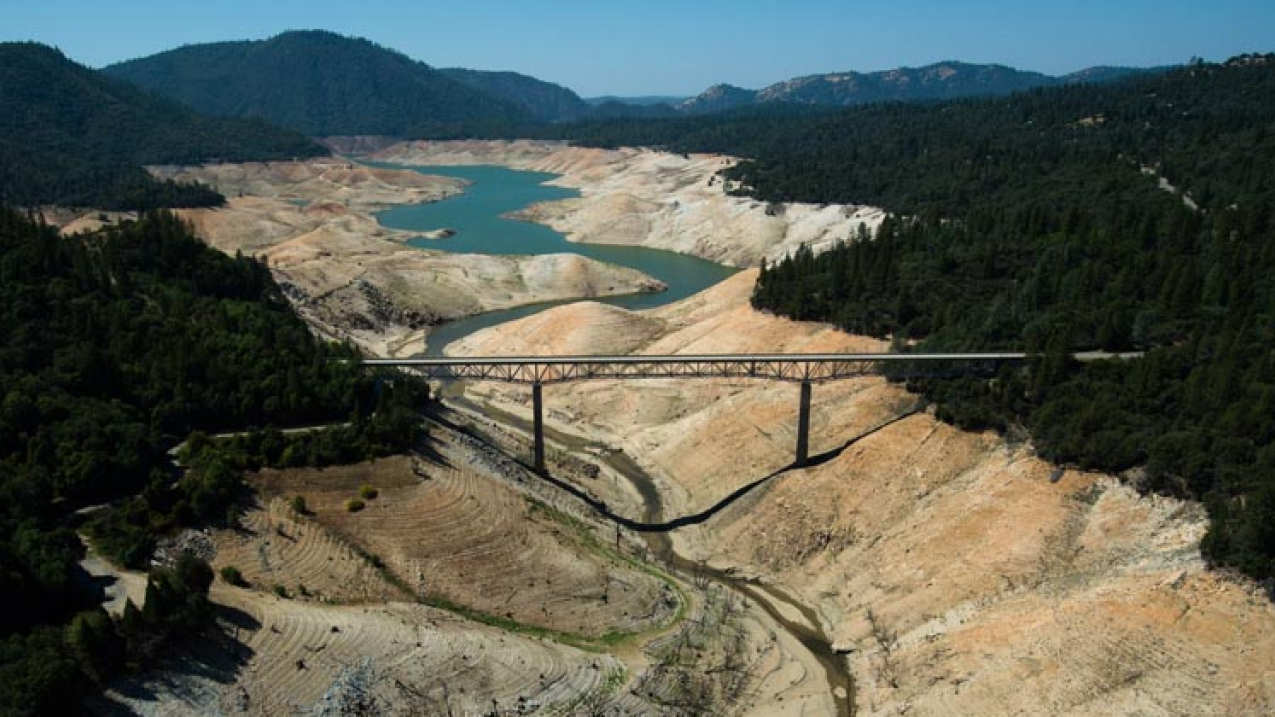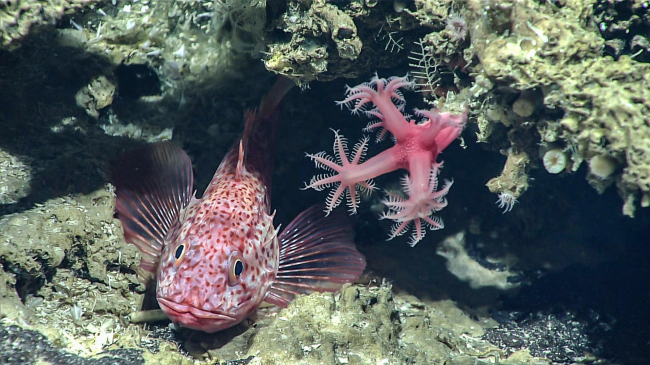Inflation Reduction Act will support NOAA and partner research on drought

The Enterprise Bridge passes over a section of Lake Oroville that was nearly dry on September 30, 2014, in Oroville, California. Lake Oroville, California's 2nd largest reservoir, was at 49% of average (30% of capacity), the second lowest level on record (behind 1977.) Heavy rains in December 2014 allowed lake levels to recover slightly--as of January 23, 2015 Lake Oroville was at its 7th lowest level of the past 35 years. (Image credit: Andrew Innerarity/California Department of Water Resources)




